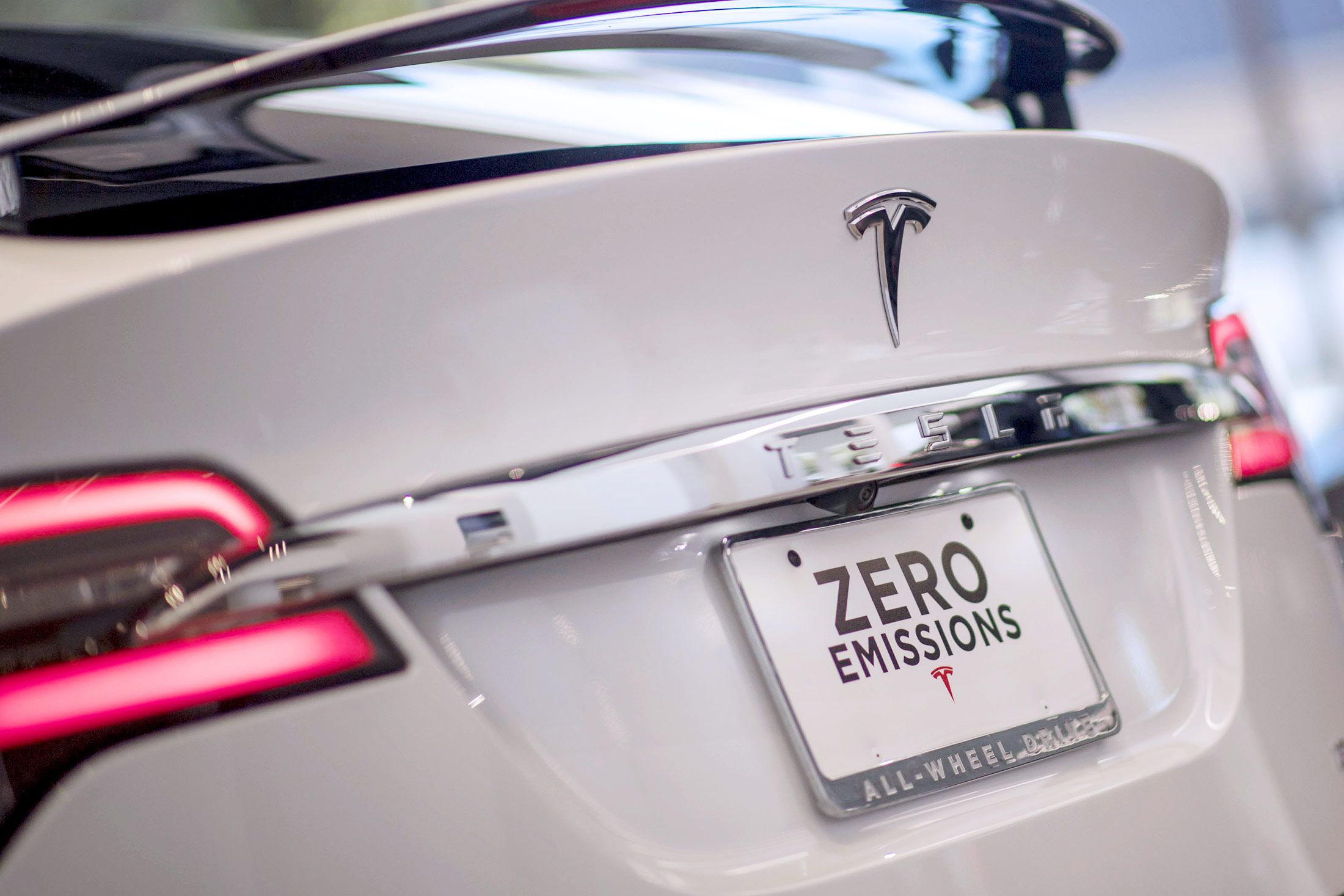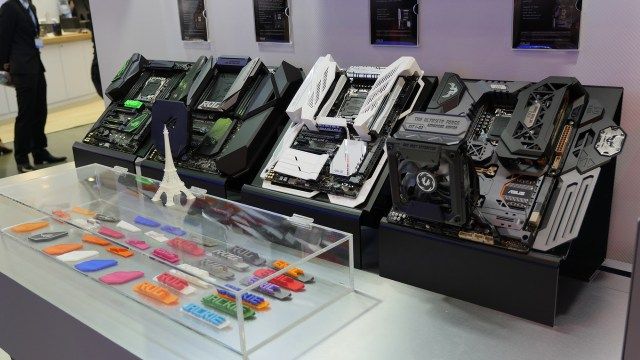“Liquid Metals to “Soft-Wire” Elastic Electronics”
A few years ago, some friends shared with me an amazing experiment of theirs involving liquid/ fluid base circuitry. Definitely is amazing; and is going to be amazing in where we are taking this type of technology along with synthetic biology.
The shape-shifting metals behind the T-1000 android assassin in the sci-fi movie Terminator 2 may not remain science fiction for long with the development of self-propelling liquid metals that could lead to the replacement of solid state circuits by elastic electronics.
Modern electronics are mainly based on circuits that use solid state components with fixed metallic tracks. However, researchers are trying to create soft circuits that act more like live cells, moving around autonomously and communicating with each other to form new circuits rather than being stuck in a predefined configuration.
Liquid metal droplets have offered the most promising path for achieving this as they are malleable, contain a highly-conductive core and an atom-thin semiconducting oxide skin, all of which are needed to make electronic circuits.








